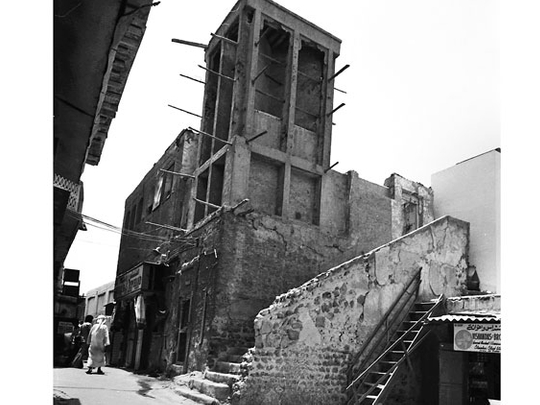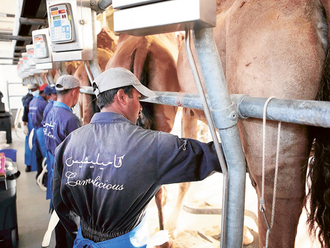
Dubai: Fifty years or so ago Emirati homes were a true reflection of the modest lifestyle of the day.
A glance at the UAE of old through vintage postcards, photographs or by paying a visit to the country's historic sites will help you to discover more about the simpler ways of a bygone era.
Home-building materials in the Emirates were selected to be able to cope with the climate's extreme heat and high humidity, especially in summer.
Architectural styles also took a number of essential elements into consideration such as climate, the conservative nature of UAE people, and the availability of building materials which included coral stone, gypsum, lime and plaster.
The design was also intended to reflect the Islamic spirit.
Generally, the houses were equipped very modestly due to the limited financial means at that time.
Most of the homes were built to an average standard, however more spacious houses also existed.
Most of the houses were built on just one floor, in an unsophisticated design with a number of small bedrooms.
An ordinary home would contain no more than two bathrooms, separate from the bedrooms — unlike today's modern interior designs. The houses usually contained one kitchen plus the essential, additional outdoor cooking equipment known as the tannour, which is a deep hole in the ground.
The tannour was used to barbecue fish, particularly on Fridays or special occasions.
The traditional tannour became an integral part of an Emirati home where it will still be found today, in an improved format to meet the sophisticated lifestyle that locals currently enjoy.
The houses contained a single living room where all the family members would gather, and the same room was used also for dining.
The guests' room however was known as the majlis, a name that is still used today. The majlis was mainly to receive male guests.
It was built in a private part of the house with its own corridor and bathroom, isolated from the main family activity. This was due to the conservative manner of the Emiratis.
The garden was created to suit the personal taste of the household. For example flower beds and small plants could be planted in the home's front yard, while palm trees — which are essential to Emiratis — were planted in the back yard. However some home's gardens would reverse the pattern.
Some houses made room to keep animals such as birds, hens and roosters in cages, or sheep and goats in spacious outdoor areas.
These animals were to produce meat, milk and eggs, and sometimes extra income for the family.
Neighbouring homes were built very close to each other, separated by narrow corridors called sikkah (singular) or sikik (plural).
Only Shaikhs and merchants had servants at that time.
Now, the UAE is recognised as one of the most fashionable countries in the world, boasting a variety of houses and buildings designed by the world's best engineers.











